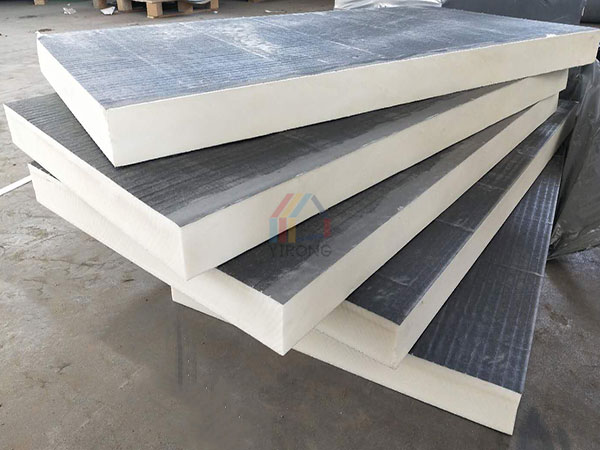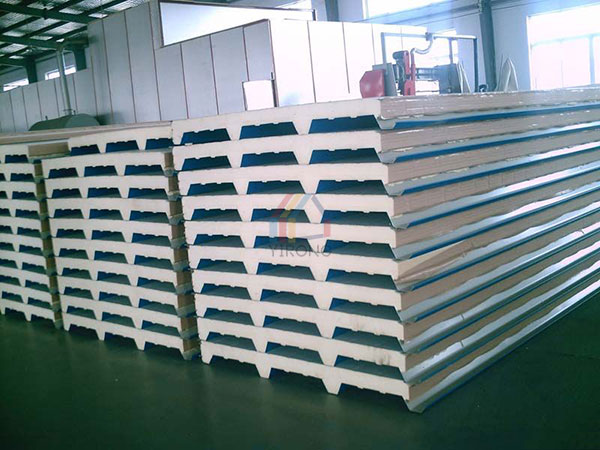Zhengzhou, Henan Province, China
Now Contact: Do you need PU/EPS/Rock Wool sandwich panels?
Zhengzhou, Henan Province, China
Now Contact: Do you need PU/EPS/Rock Wool sandwich panels?
Nowadays, the polyurethane insulation board installed in the construction of high-rise buildings can not only play the role of heat preservation and heat insulation, but also protect the external wall, which can prolong the service life of the brick concrete material of the external wall. However, with the prolongation of the use time, the external wall insulation material will also age. What are the reasons for the aging of the polyurethane insulation board? Let's briefly introduce it, which can be roughly divided into five aspects.

1. Thermal stress
The thermal expansion and contraction caused by the temperature difference will cause the volume change of the non-structural structure, so that it is always in an unstable state. Therefore, thermal stress is one of the main destructive forces of the outer insulation layer of the outer wall of a high-rise building. Compared with multi-storey or one-story buildings, high-rise buildings have greater thermal stress and greater deformation due to the stronger sunlight exposure on the outer layer. Therefore, in the design of thermal insulation and crack resistance structures, the selection of thermal insulation materials should meet the principle of flexibility and gradual change, and the deformation capacity of the outer layer material should be higher than that of the inner layer material.
2. Wind pressure
Generally speaking, positive wind pressure produces thrust, and negative wind pressure produces suction, which will cause great damage to the polyurethane insulation board of the outer insulation layer of high-rise buildings, which requires that the outer insulation layer should have considerable wind pressure resistance. And in terms of wind pressure resistance, it is required that the insulation layer has no cavity and no air layer, so as to avoid damage to the insulation layer caused by the volume expansion of the air layer in the insulation layer under wind pressure, especially negative wind pressure.
3. Earthquake force
Seismic forces can cause extrusion, shearing or twisting of tall building structures and insulation surfaces. The greater the rigidity of the thermal insulation surface, the greater the earthquake force it can withstand, and the more serious the damage may be caused. This requires that the polyurethane insulation board, the external insulation material of high-rise buildings, must meet the principle of flexible gradient under the premise of considerable adhesion, so as to disperse and absorb the seismic stress, reduce the load on the surface of the insulation layer as much as possible, and prevent it from being damaged by the earthquake force. Under the influence, the insulation layer will crack, peel off or even fall off in a large area.

4. Water or steam
In order to avoid damage to high-rise buildings by water or water vapor, external insulation materials with good hydrophobicity and good water vapor permeability should be selected to avoid condensation on the wall or increase of moisture content inside the insulation layer during the migration of water or water vapor. Phenomenon, improve the resistance to rain erosion and freeze-thaw resistance of the external insulation layer of high-rise buildings.
5. Fire
High-rise buildings have higher requirements for fire protection than multi-storey buildings. The insulation layer of high-rise buildings should have better fire resistance, and should have the characteristics of preventing fire from spreading and preventing the release of smoke or toxic gases in case of fire. The strength and volume of the material should not be lost too much, and the surface layer should not burst or slump. Otherwise, it will cause injury to the residents or firefighters, and cause great difficulties to the rescue work.